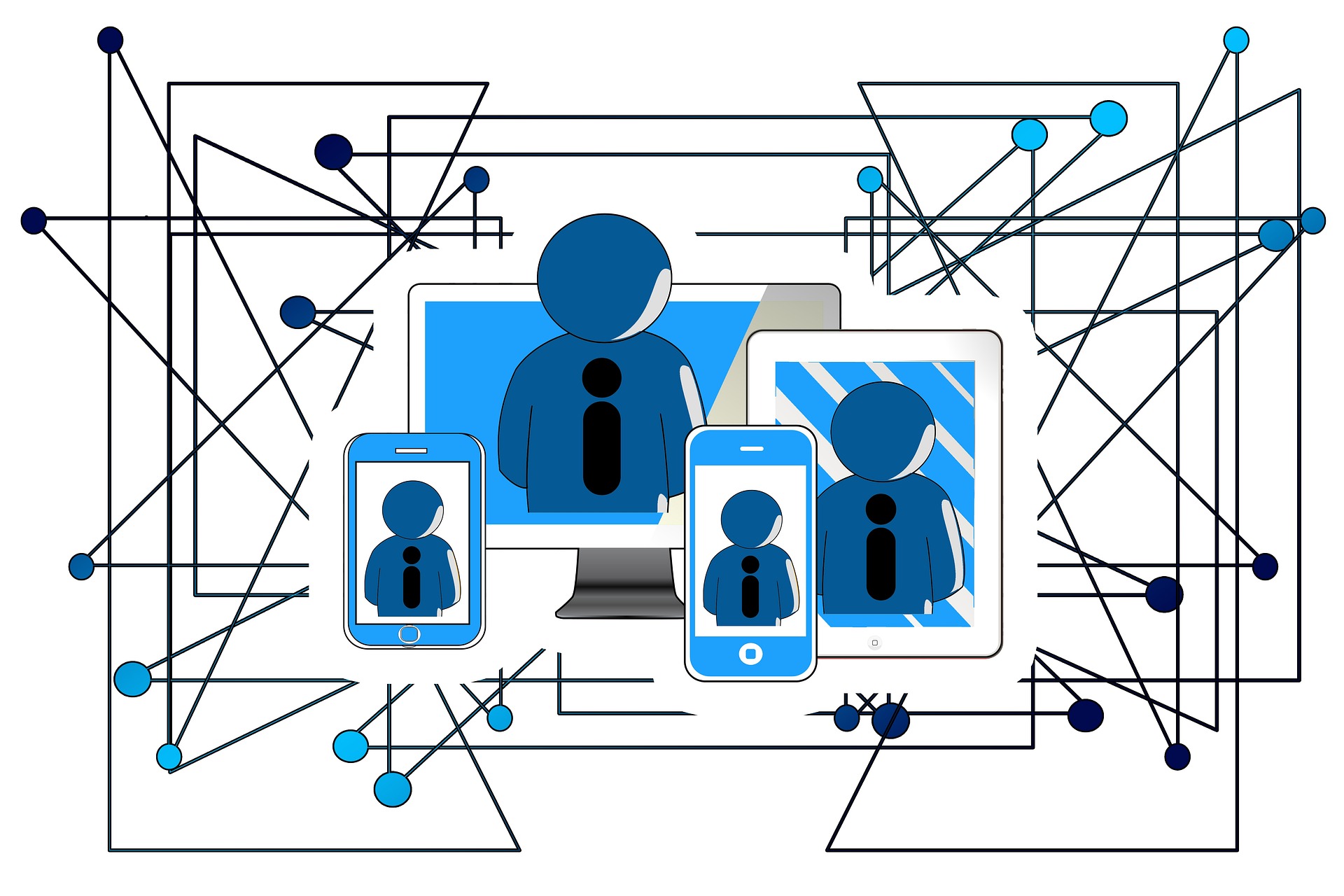Pioneering the New Wave of Digital Art: A Dive into the Virtual Canvas
Introduction: In the ever-evolving world of art and entertainment, the digital realm has emerged as a new frontier for artistic expression. This article delves into the rise of digital art, its historical context, current trends, and its profound impact on the global art scene.
The Genesis of Digital Art
Digital art, a term coined in the late 1980s, refers to an artistic work or practice that uses digital technology as an integral part of the creative process. The inception of this art form can be traced back to the 1960s when artists began experimenting with computer programming and digital imaging. The advent of personal computers in the 1980s and the internet in the 1990s further propelled the growth of digital art, making it more accessible and diverse.
The Current Landscape of Digital Art
Today, digital art has permeated every facet of the art world, from graphic design and animation to video games and virtual reality. The recent explosion of Non-Fungible Tokens (NFTs) has also revolutionized the way digital art is created, bought, and sold, providing artists with a new platform to monetize their work. Moreover, the COVID-19 pandemic has accelerated the shift towards digital art, with virtual exhibitions and online galleries becoming the new norm.
The Impact and Significance of Digital Art
Digital art has democratized the art world, breaking down barriers and making art more accessible to a wider audience. It has also expanded the boundaries of artistic expression, allowing artists to experiment with new mediums and techniques. Furthermore, digital art has blurred the lines between art and technology, challenging traditional notions of what constitutes art.
The Reception of Digital Art
While digital art has been embraced by many, it has also faced criticism and skepticism from traditional art circles. Some argue that digital art lacks the tactile quality and authenticity of traditional art forms. However, the success of digital artists and the growing popularity of digital art exhibitions suggest that this art form is here to stay.
The Future of Digital Art
As technology continues to evolve, so too will digital art. Emerging technologies like artificial intelligence, virtual reality, and blockchain are set to redefine the landscape of digital art. Moreover, the growing recognition of digital art in mainstream culture, as evidenced by its inclusion in prestigious art awards and exhibitions, signals a bright future for this art form.
In conclusion, digital art represents a new wave of creative expression, reshaping the art world in profound ways. As we navigate this digital age, it will be fascinating to see how this art form continues to evolve and influence our cultural landscape.






